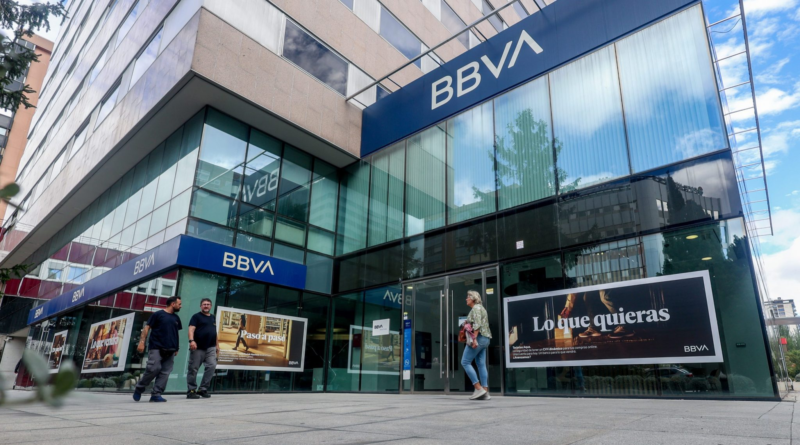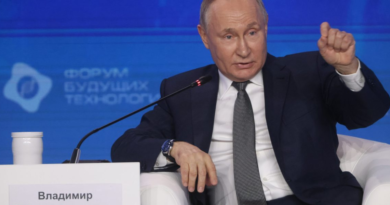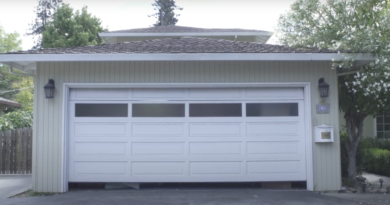BBVA plans Visa-backed stablecoin launch in 2025
BBVA is the latest financial giant entering the crowded field of stablecoins as the Spanish bank gets set to launch its own digital asset next year with the aid of Visa. In an interview with Fortune, BBVA head of digital assets and blockchain Francisco Maroto said the bank is currently in the sandbox phase of a new Visa program that helps firms launch their own tokenized assets, and wants to reach the prototype phase and live activity by 2025.
BBVA has not yet decided whether the stablecoin will be backed by deposits, money market funds, or fiat currencies such as the euro or U.S. dollar, said Maroto, who added the company plans for it to be used for the settlement layer on exchanges.
BBVA has been working in the digital asset space since 2014, and Maroto hopes that the latest project will let the bank benefit from the growing trend of the tokenization of assets such as real estate and private credit funds. “We realized that blockchain could transform the way we exchange value digitally, and consequently affect the way the financial system works,” Maroto said.
Stablecoin wars
Stablecoins constitute a broad category in the crypto space, describing any asset intended to maintain a specific price and backed by reserves such as fiat currencies, commodities, or even other cryptocurrencies. While the sector has existed for a decade, dollar-backed stablecoins such as USDC and Tether have exploded in popularity over the past few years, with their backing companies earning hefty profits through the yields on the underlying assets, which typically include U.S. Treasuries and other dollar equivalents.
Competitors from the traditional finance space have recently entered the race, including PayPal, which launched its PYUSD stablecoin in August 2023, as well as a bevy of overseas offerings that provide yield to their customers—an option restricted in the U.S. due to regulatory uncertainty.
Last week, Visa announced a new product that would allow financial institutions such as banks to launch their own stablecoins, which Visa is calling fiat-backed tokens. While the use cases would vary, the idea would be for banks to choose the type of asset held as the reserve, which could vary from fiat currencies to deposits. While the tokens would initially work only within the bank’s own ecosystem, Visa head of crypto Cuy Sheffield told Fortune in April that the long-term plan would be to facilitate interoperability between different institutions, which is an advantage of more universal stablecoins such as USDC that can work across blockchains.
Maroto said that BBVA wanted to work with Visa, rather than choosing an existing stablecoin option, because of Visa’s established brand and regulatory compliance. As one of the first financial institutions to experiment with the new product, BBVA also has the edge of operating mainly in Europe, which recently enacted stablecoin oversight.
Maroto said that BBVA will likely build its stablecoin around the euro, given its European presence, and that it could be used for settlement on exchanges that offer tokenized assets, with BBVA handling the mint and burn mechanism that converts fiat into crypto ecosystems.
Despite the goal of launching live testing next year, Maroto said that the U.S. is not on its short-term time horizon. BBVA currently offers the custody and trading of Bitcoin, Ethereum, and USDC in Switzerland for private banking and institutional customers and is launching in Turkey.




